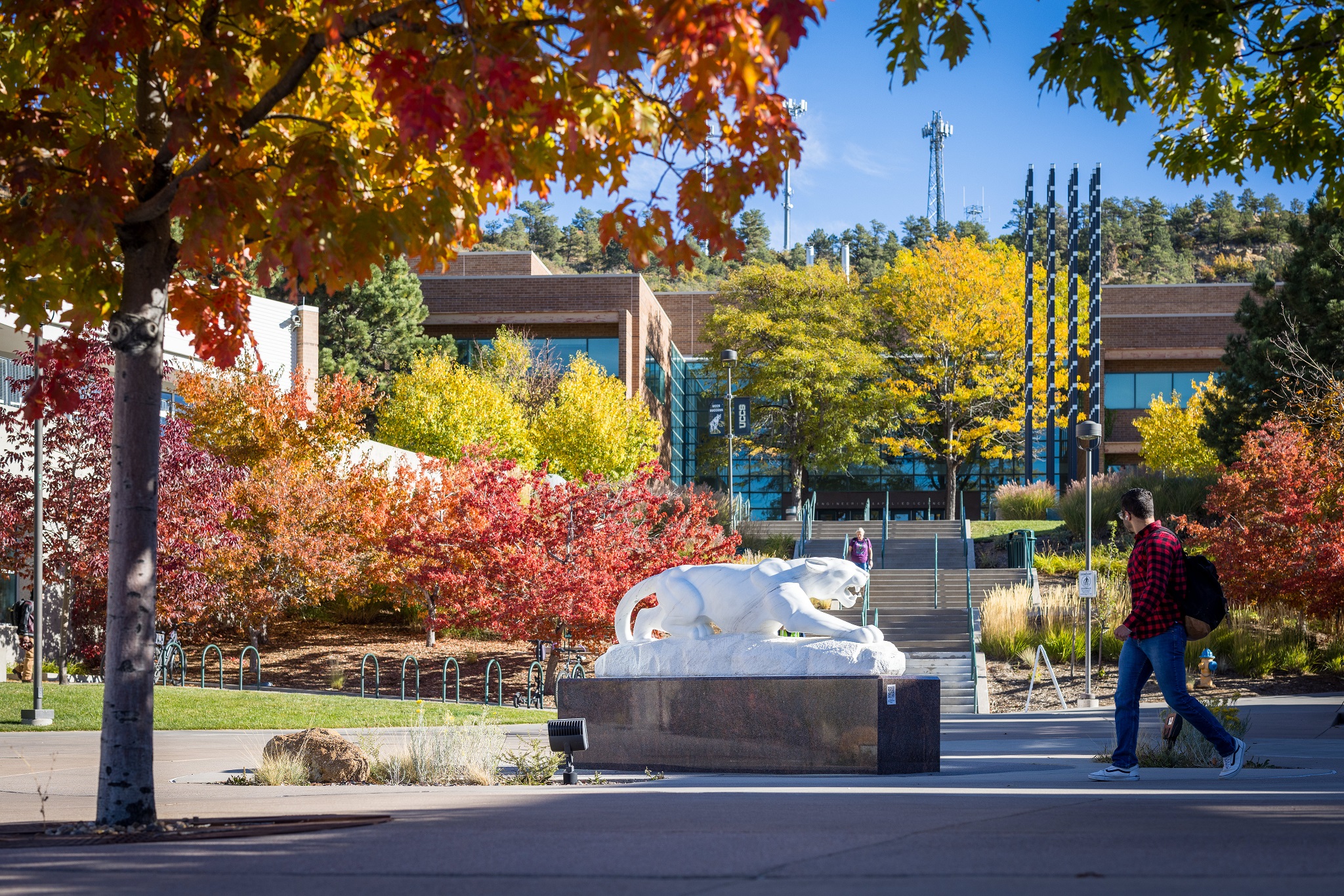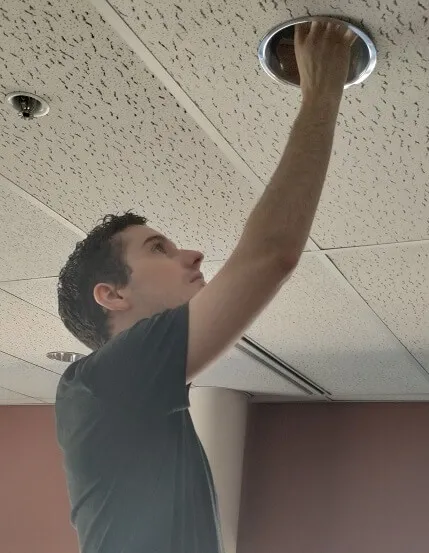

Harvesting Daylight to Minimize Lighting Energy Consumption with Existing Infrastructure
Fall 2021 Department of MathematicsProject Overview
Project Coordinators: Jonathan Thompson, Kimberly Madero-Craven
Project Sponsor: Dr. Radu Cascaval, Associate Professor
Responsible Department: Mathematics
Total GAF Funding: $2,100.00
Themes: Energy
Goal: To demonstrate the feasibility, performance, scalability, energy reduction, cost savings, and return-on-investment (ROI) of daylight harvesting systems at UCCS.
Impact: The nonlinear relation between the dim level of LED luminaires and the energy that they consume provides for energy savings (and therefore a corresponding reduction in building operating costs) by dynamically adjusting light levels in response to ambient daylight.